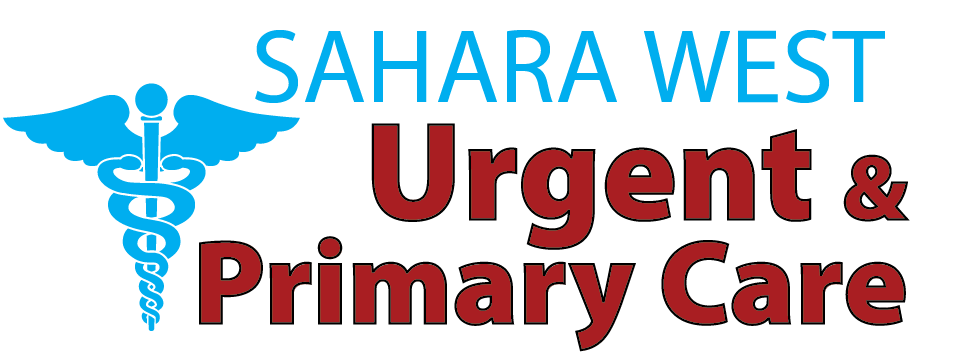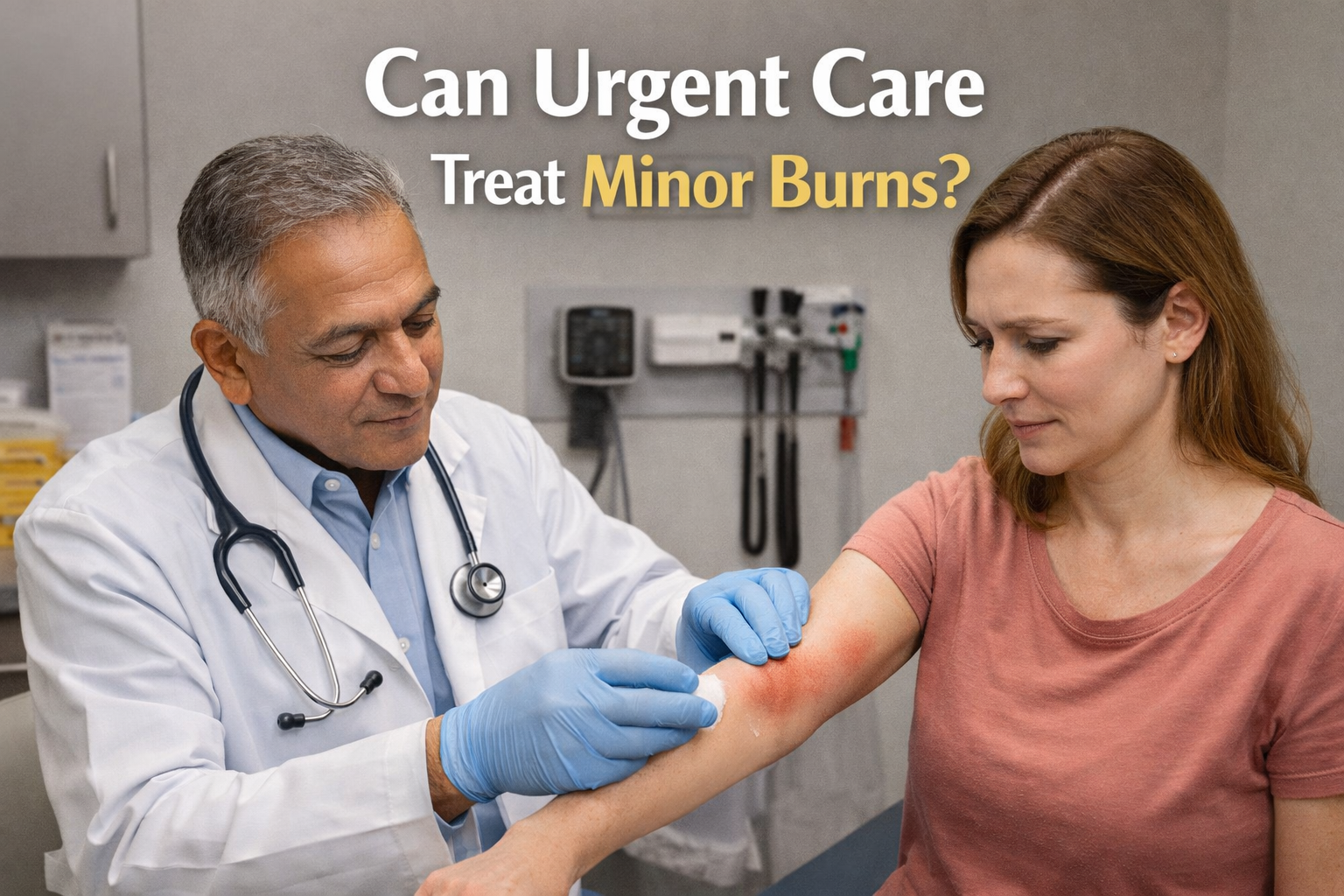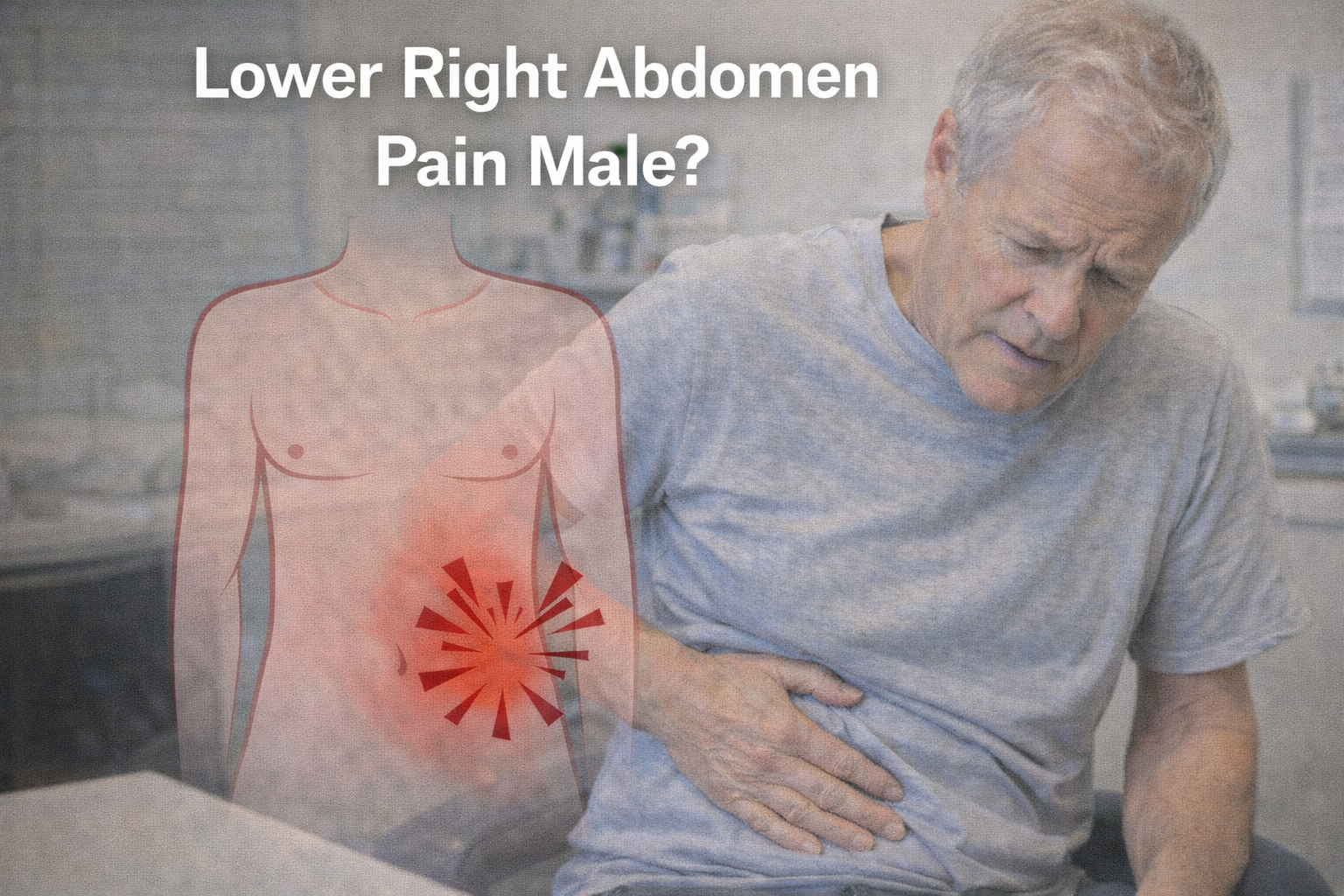The same thing happens with mental health, which is equally significant as physical health, but is not understood well enough and is stigmatised in various regions across the globe. Being aware of the prevalence of mental health disorders to understand the impacts on people can help to increase empathy, decrease stigma, and early diagnosis and improved outcomes. These disorders are not exceptional-they affect individuals of all ages, backgrounds, and in communities. Understanding comprehensively what they are and how they occur, and how they may be dealt with, gives strength to individuals, as well as to families.
What Makes a Mental Health Disorder Medically and Socially Significant
Mental health disorders are medical conditions that are diagnosed, which relate to how the individual thinks, feels, behaves as well and responds to others. They are not mere mood swings in that they include long-lasting and lifelong variations that disrupt the daily operations. These conditions also have stereotypes, which make seeking treatments difficult for individuals within society. A mental health disorder is not something imaginary, not something to be cured, and not something that can be managed with the help of assistance.
How Knowing These Disorders Can Improve Well‑Being
Circulation contributes to awareness, which results in recognition. By knowing the signs and symptoms that are associated with common mental health disorders, people stand a better chance of seeking support at earlier stages of their disorders. The earlier one interferes, the faster the recovery is possible, coping mechanisms can be improved, and suffering reduced. Moreover, a society that is better informed provides a more inclusive background in which a person is not shamed into seeking aid, but instead, the act is normalized.
Distinguishing Between Everyday Emotions and Clinical Conditions
It is normal when everyone feels sad, stressed, or anxious on some occasions. Nevertheless, mental health disorders are more than occasional emotional experiences. Clinical disorder is characterized by persistent signs that take weeks and months to recover, which interfere with the ability to conduct normal activities and, in most cases, the problem increases with time in the absence of treatment. Being cautious of whether a person needs help or not involves understanding the difference between temporary feelings and chronic conditions.
Common Misconceptions and How to Challenge Them
Society is still of the opinion that mental health conditions are weaknesses or personal failure. Others feel that they are uncommon or limited to some groups only. Such fallacies may be dangerous and inhibit individuals from finding care. Learning and educating others can break such myths. Conditions such as depression, anxiety, and PTSD are not decisions; they are health issues that should be treated like any other disease.
Depression: Recognizing Symptoms, Causes, and Coping Strategies
One of the mental health disorders described in all age groups is depression. It cannot be just a feeling of sadness, but also makes them experience great emotional suffering and lack of interest in everyday life, fatigue, alteration of the appetite, and even physical pain. The reason is complicated–not only genetic and brain chemistry, but also trauma or chronic stress. It is treated with therapy (mainly with cognitive-behavioral therapy), medication such as SSRIs, and lifestyle intervention (better sleep, activity, and staying together with people).
Physical, Emotional, and Behavioral Red Flags
Depression warning signs such as general photo or down mood, hopelessness, sleep disorders, lack of energy, irritability, and isolation of loved ones should be taken seriously. Others can develop unexplained pains or a food habit. It is important to identify these symptoms, and when it comes to starting recovery, it is very crucial.
Triggers and Risk Factors
Some of the factors that trigger depression are major life changes, loss, abuse, economic, and health problems. The possibility of vulnerability may go up due to a family history of mental illness. But despite the lack of an obvious outer source, the development of depression is still possible because of the imbalances of chemicals or inner processes of thought.
Treatment Fundamentals: Therapy, Medications, Lifestyle
Treatment is normally an integrated approach of the treatment involving therapy and medication. Psychotherapy aids in dealing with emotions and breaking down a negative thought pattern. Antidepressants deal with the disproportion of brain chemicals. Useful in the prolonged management of symptoms is also self-care, with exercise, sleep hygiene, and social interactions.
Anxiety Disorders: Exploring Types, Symptoms, and Management Approaches
Anxiety disorders are disorders of too much fear, nervousness, and worry that affect daily tasks. This category has generalized anxiety disorder, social anxiety disorder, phobias, and panic disorder. Whereas anxiety is normal in life, or when it is mild, when it is continuous and excessive, then it is an indication of a clinical problem.
How Anxiety Manifests—In Both Mind and Body
Anxiety is not only central to your thoughts—it can also have physical manifestations, including rapid heartbeat, sweating, dizziness, muscle tightness, and shortness of breath. These symptoms can also be symptoms of other health conditions, which is why proper diagnosis is critical.
Effective Techniques: CBT, Mindfulness, Medication
One of the most effective forms of treatment used to deal with anxiety is cognitive-behavioral therapy (CBT). With its help, it is possible to detect the irrational fears and substitute more realistic ideas. There are stress-reducing mindfulness practices, which include breathing exercises and meditation. In other serious instances, anti-anxiety pills can be administered to balance the symptoms.
Bipolar Disorder: Navigating Mood Extremes and Treatment Options
The bipolar disorder takes the form of alternating intense emotional high (mania or hypomania) and low (depression). The highs may incorporate impulsiveness, risk-taking taking and loss of desire to sleep but the lows simulate indications of clinical depression. It is an illness that has to be managed throughout life.
Common Misrepresentations in Media Versus Clinical Reality
Often misconstrued, bipolar disorder is made out to be simple mood swings. It is a significant mental disease with defined changes in behavior, energy, and thought. With carefully created treatment plans, individuals with bipolar disorder can live contented lives.
Stabilizing Routines, Therapy, and Medication
Treatment entails mood stabilizers such as lithium and antipsychotic drugs, as well as psychotherapy. A steady daily schedule, awareness of early triggers that may alert to mood changes, and a support system are the major components of proper management.
Obsessive‑Compulsive Disorder (OCD): More Than Mere Quirks
OCD is often misunderstood to be just being ‘fussy’ or ‘meticulous’. In reality, though, it’s low-level obsessive thoughts (obsessions) that happen again and again, along with compulsive habits (compulsions) that try to decrease the anxiety. Restrictions can take hours and cause a lot of stress.
Daily Challenges for Those with OCD
OCD can touch all aspects of life, like work and relationships. At times, compulsions such as checking or washing hands may alleviate anxiety in the short term, but as people are blocked on a chain of fear and relief.
Evidence-Based Treatments Like ERP
The gold standard treatment of OCD is a treatment style, Exposure and Response Prevention (ERP), a type of CBT. It includes the step-by-step exposure to feared situations without executing compulsions, which also allows retraining the brain. The symptoms can also be controlled by the use of medications like SSRIs.
Post‑Traumatic Stress Disorder (PTSD): Living Beyond Trauma
PTSD may arise when one undergoes or rather observes a traumatizing experience. These symptomatic behaviors manifest themselves in terms of flashbacks, nightmares, emotional numbness, and hypervigilance. Post-traumatic stress is not manifested in all victims of trauma, yet those who develop this disorder tend to become silent sufferers.
Therapies Including Trauma‑Focused CBT and EMDR
Such interventions are trauma-focused cognitive behavioral therapy and the Eye Movement Desensitization and Reprocessing (EMDR). These are treatments that guide a person in treating the traumatic experiences in a supportive setting.
Schizophrenia: Deconstructing Myths and Focusing on Resilience
Schizophrenia entails a complication of the mind in thinking, perception, emotions, as well as behaviour. This can include being hallucinatory, having delusions, and having disordered speech. The disease can be easily confused, but it is easily treatable with current treatment.
Medication, Psychosocial Support, and Recovery
Community support and psychotherapy are also essential, coupled with antipsychotic drugs and vocational training. Although most people with schizophrenia need support, many can live independently.
Eating Disorders: Psychological Roots Behind Disordered Eating
The development of eating disorders, such as anorexia, bulimia, and binge-eating, is a serious mental ailment, but not a lifestyle choice. They are a result of body image trouble, control issues, and trauma.
Role of Nutritionists, Therapy, and Support
In treatment, multidisciplinary teams, consisting of therapists, doctors, and dietitians, are needed in the process of recovery. Family and community support can contribute a lot to healing.
Adult ADHD: How It Affects Functioning Beyond Childhood
Although it is frequently diagnosed in children, ADHD may outlive them and continue throughout their lifetime. Forgetfulness, impulsivity, and time management are symptoms that may disrupt the careers, relationships, and self-esteem.
Treatment Options—Behavioral Strategies, Coaching, and Medication
Adult ADHD is treatable using stimulant or non-stimulant drugs, counseling, and behavioral therapy. The difference also occurs in structure, organizational tools, and accountability systems.
Overlapping Disorders: Understanding Dual Diagnosis and Integrated Care
Quite several individuals have multiple mental health problems. As in the case of example, an anxious individual might also have depression or substance abuse.
Integrated Treatments That Address Complex Layers Effectively
Dual diagnosis demands a holistic plan of treatment where all the conditions are treated at once. The cooperation with mental health professionals is more likely to guarantee successful results.
Spotting Warning Signs in Yourself or Others
Changes in sleep, mood, energy levels, or behavior can signal a mental health issue. Withdrawal, aggression, or loss of interest are other red flags.
Recognizing When It’s Time to Seek Support
Follow your gut feeling. When you/ someone you know is struggling and it affects daily life, seeing a therapist, counselor, and doctor can make a difference.
Approaches to Rehabilitation: Therapy, Medication, Holistic Support
There are numerous models of mental health care in modern times. Such therapies, as CBT, DBT, and EMDR, are individualized. Symptoms can be mitigated by medication and a healthy lifestyle such as improved sleep, exercising, and mindfulness supplement therapy.
Building Mental Wellness and Preventive Strategies
Treatment is equal to prevention. Maintaining social connections, avoiding stress, exercising, and sleeping can prevent most of the disorders or prevent their deterioration.
Conclusion
By learning some of the most common mental health disorders that can occur, as described here, one can identify the signs and symptoms and be able to intervene at an early stage. These states do not have anything to hold over one as weaknesses, but rather health problems that require attention, sympathy, and guidance from professionals. Seek help in case you or any of your loved ones are struggling. Not only can healing be achieved, but it is prevalent in the correct counselling. To schedule your appointment with the highest standard of care, visit Sahara West Urgent Care on our website, where you can also explore more informative blogs.
FAQs
What is the most common mental health disorder?
Anxiety disorders are the most common globally, affecting millions every year.
Can mental disorders be cured?
Many are manageable with treatment. Some go into full remission; others improve significantly.
How long does treatment usually take?
Treatment length varies by condition, severity, and response. Some people improve in weeks; others may need long-term support.





